Oxford spin-out OXCCU raises US$22.8M to transform carbon dioxide into sustainable aviation fuel
Green Car Congress
JUNE 15, 2023
OXCCU, a company spun-out from the University of Oxford in 2021 that is focused on converting carbon dioxide and hydrogen into industrial and consumer products ( earlier post ), completed an £18-million (US$22.8 million) Series A financing round. Trafigura, TechEnergy Ventures and Doral Energy-Tech Ventures also participated in the financing.

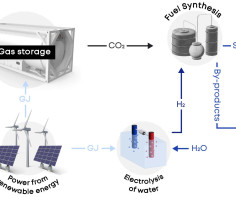



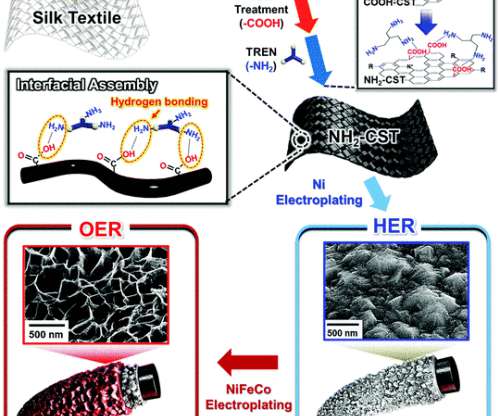





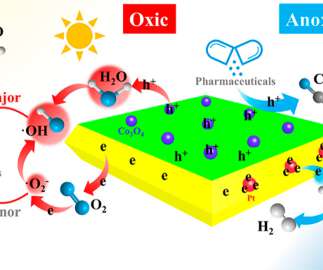

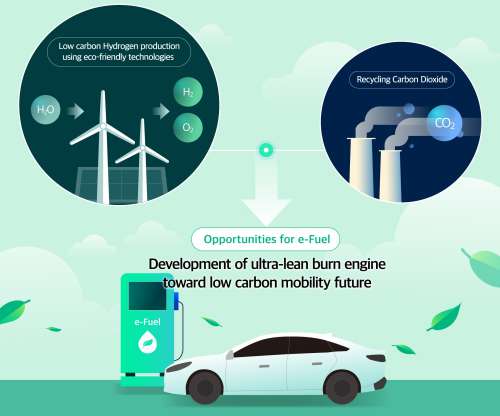
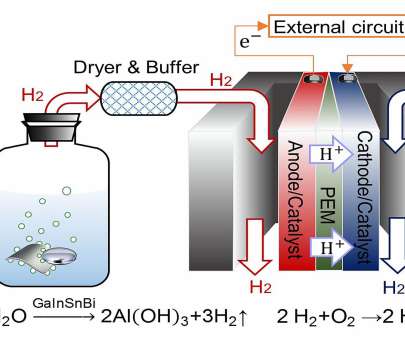



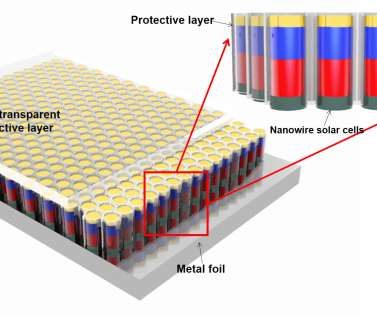

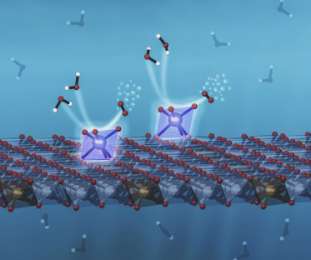


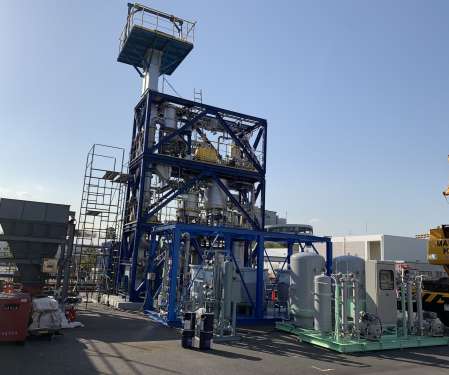
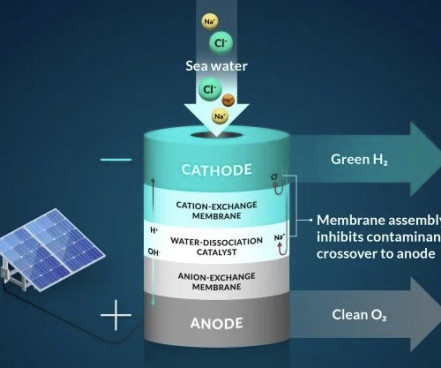

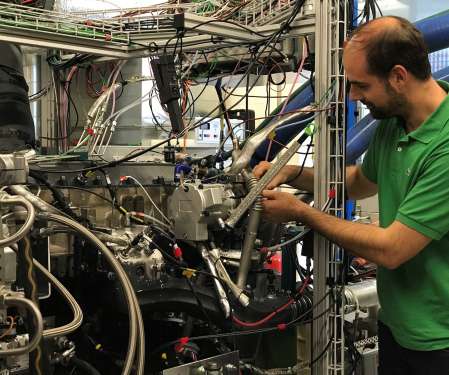
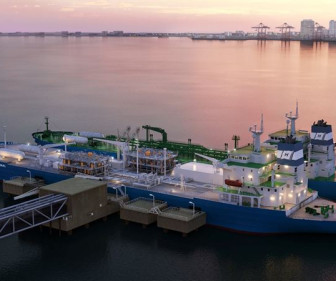



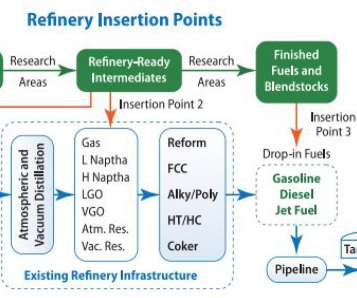

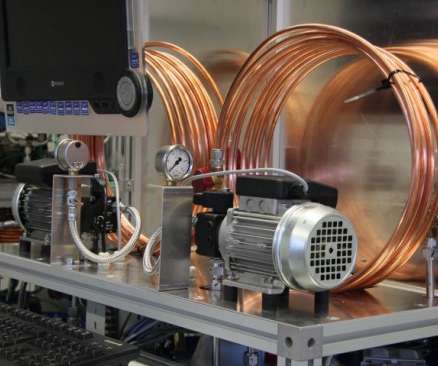


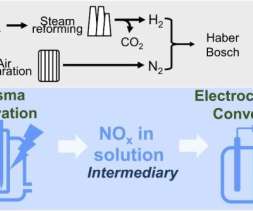








Let's personalize your content